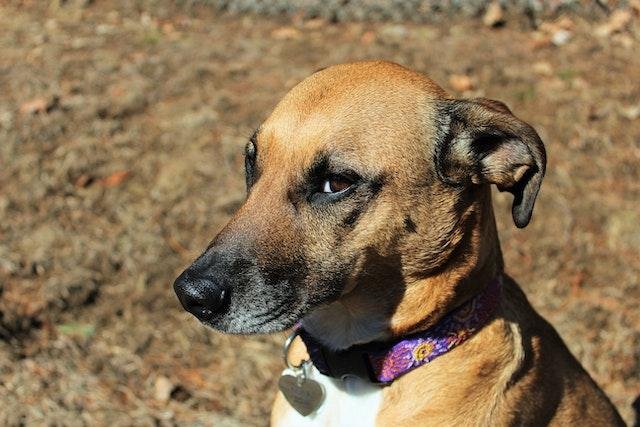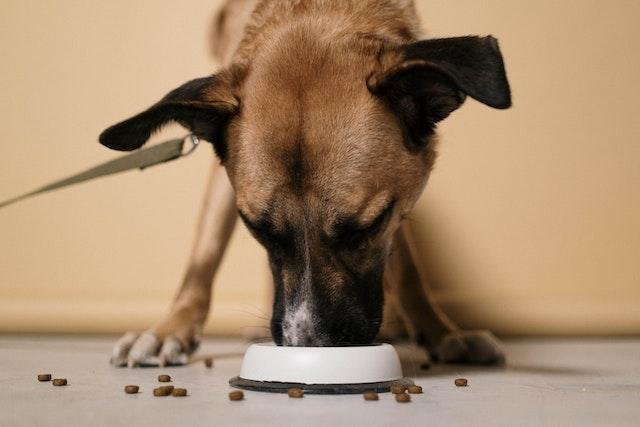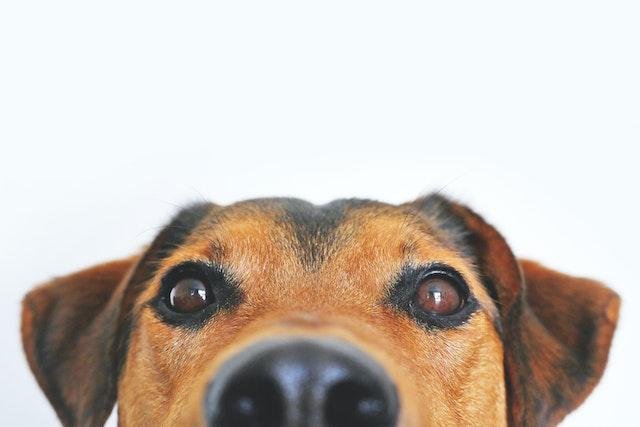
Love is important, for other humans and for our pets. Did you know that petting your best friend (in this case a dog, but I suppose the choice is yours as long as you’ve asked first) increases the ‘love hormone’ oxytocin? Even more incredible is that it releases that same hormone in your dog.
It is fair to say that your dog ‘loves’ you, but why? Does he read your mind? Can he completely understand the blurb that we humans utter all day? Unlikely, but if he did I’m sure he’d listen to Positivity radio. I’ve yet to meet a dog that was unhappy when allowed to do the things that come naturally to them. They are very positive creatures. Even Simon Cowell says his dogs cheer him up. That’s some skill, right there.
The truth is, dogs have co-evolved alongside us humans for thousands of years. They might not always listen, but they do watch us. All the time.
Dogs like ‘practical’ love – the things you do, not say. Rather like your beloved partner buying you a gift, flowers, taking your hand when you walk together. Making you laugh or fetching a cup of tea. Practical care, the kind that you can see, is what your dog notices most. (By the way, if you do all those things for your dog, can I apply to be your next one?)
So, if dogs can’t read our thoughts, but they learn by seeing what we do, how can that help us haphazard owners?
What is positive training?
This is what positive training is all about. It’s a means to physically show your dog that he or she made a choice you like. It’s as simple as ‘sit – gets a treat’. Or as complicated as teaching the dog to search for a lost person. Dogs learn by being shown what to do, followed fairly swiftly by being paid well in something they value. They don’t value expensive watches or fast cars. They like eating cat poop, or rolling on dead fish, or hunting for rabbits. We might need to provide alternatives to these (!), but basic dog happiness is formed by food, strong scent, exercise, safety, play with toys, and social contact.
Next time your dog does something you want them to repeat, show them the love. Mostly, a food treat is cheap and easy to give (cupboard love, my mum used to call it – but don’t over feed your dog).
Play gently with the dog and the dog will play gently with you. Act rough, and guess what – you’ll be training up an expert wrecking ball on legs.
Let him pull you on lead, and before you know it you’ll have draft horse or sled dog equivalent. Ouch. Instead, a bit of simple training and a well-designed harness saves the day and buys beautiful walks.
If, as most owners do, you have plans for your dog to sit nicely at the door, not pull on their lead, not bark… The answer is in the practical love. Decide what you want to physically see your dog doing, and reward it. Make that plan. Training is something you do daily when you want to reach your goal. And most of all it has to be fun, for everyone.
It’s as simple as A-B-C
A – Anticipate the situation
B – Behave! – what do you want to see your dog do?
C – Consequence – make it a nice outcome for your dog and he will repeat B over and over when A happens.
Example:
A – Visitor coming to door
B – I want dog to sit so he can’t jump up
C – When he sits, he gets a food treat and he gets petted by the visitor
Result? In future, with practice, he will sit for visitors. He might need guidance and to be put on his lead whilst he is learning, but that’s ok. Many folks learn to drive in a dual-controlled car.
Which gives me an idea for my next dog training project. Dog Formula One, anyone?
My book 21 Days to the Perfect Dog will provide more info on further developing your dog’s training and behaviour in these situations.
– Karen Wild
– Karen Wild




